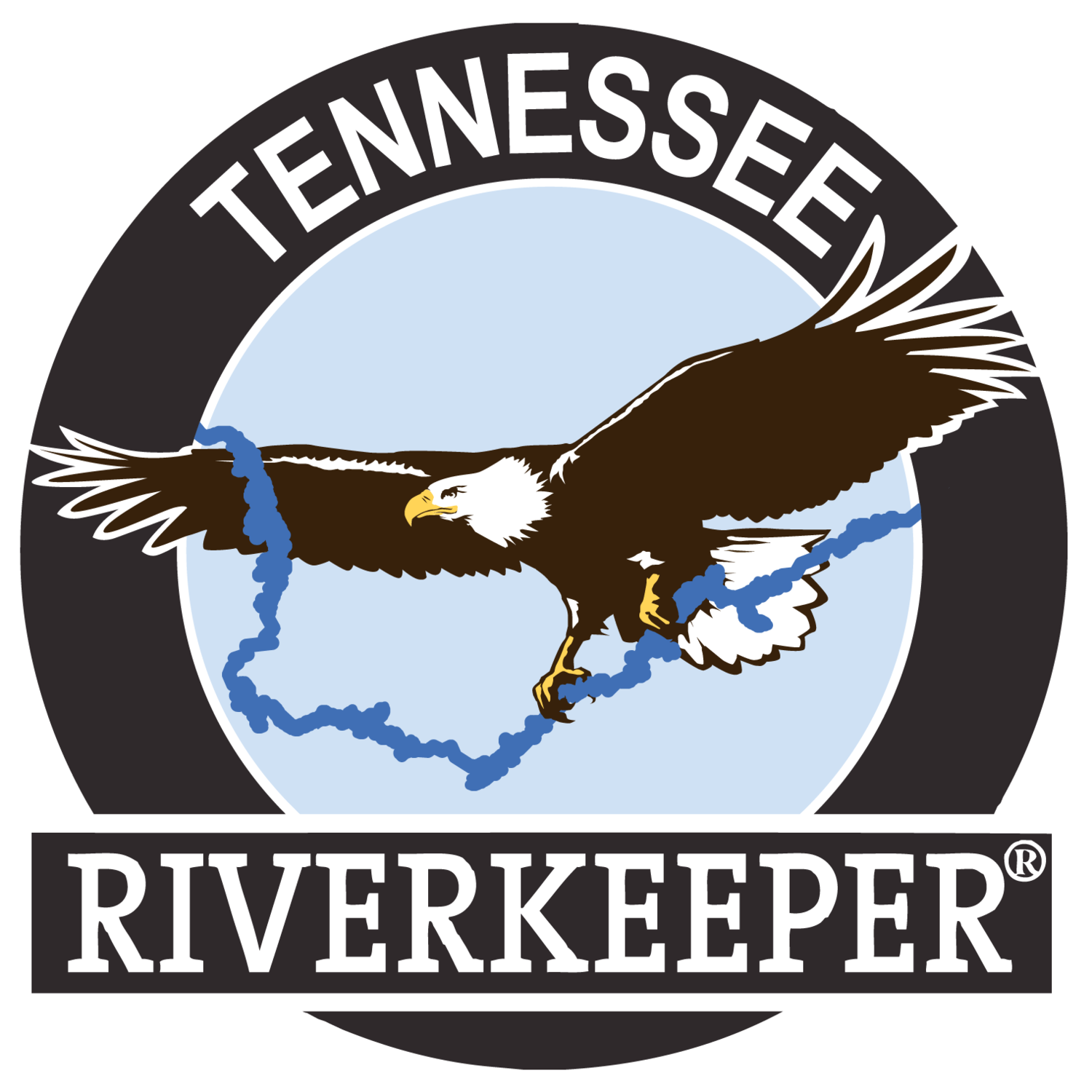What Can We Do To Fix Drinking Water Problem In America
What are the problems we are facing with our drinking water?
Unknown to most Americans, our drinking water is widely contaminated. In fact, almost everywhere, there are some contaminants in the drinking water. There are up to 10.5 million lead service lines in this country feeding water into people’s homes. In an enormous number of communities in America, PFAS contamination permeates people’s bodies.
Every one of these issues, in one way or another, is related to the same core problem: a failure, under both Democratic and Republican administrations, to intelligently and farsightedly approach the problem of what we need to do about our drinking water. The biggest problem we have is a sense of inertia, a sense of “If it ain't broke, don’t fix it” or “If it ain’t terribly broke, don’t fix it.”
We have the ability to purify our drinking water to a level where the contaminants just don’t exist anymore, and we also have the ability to transform the U.S. Environmental Protection Agency and our regulatory regimes and do it in such a way that—at lower cost and higher efficiency—Americans have better, cleaner, safer drinking water.
If we fixed this problem, it would have a profound impact on America and the world in terms of our health profile and the efficiency of our water systems.
So what’s the solution?
People have this mind-set that “Wow, it’s a huge bill to fix all these pipes and to purify all the water from all the contaminants in them.” But you don’t need to pay for it immediately and all at once.
We know from modern financial modeling that what happens now is, you figure out “What are our needs? What’s the useful life of these water treatment plants? Of the wastewater treatment plants? Of the health benefit to Americans everywhere?” Then you can finance this out on a 20-, 30-, 50-year time frame. It’s how our biggest projects are financed, like bridges and tunnels; there’s absolutely no reason why we should be assuming that this enormous price tag has to be paid for all today. We should figure out a way to finance this through long-term financial vehicles and then give us the pipes, pumps, and healthy water that we deserve.
Once water falls from the sky and hits the ground, someone has to gather it. Somebody has to clean it, somebody has to transport it, and somebody has to make sure that the infrastructure continues to run efficiently.
That is on all of us to do. Prior generations—our parents, our grandparents, our great grandparents, people who were here long before us—financed what was then the greatest water infrastructure system in the world. Now that system has mostly fallen apart and is filled with contaminants.
In the same way that our grandparents and great grandparents built that great water system that we are still beneficiaries of 50, 75, and 100 years later, it’s now on our shoulders to rebuild that drinking water system for our own personal use but also for the use of those who come after us. It’s only fair to pay it forward.
What can we, as individuals, do to help?
Every single American can play a part. First of all, and most important, we have to get ourselves educated about the issues. It’s one thing to say there are contaminants in our drinking water or that the lead service lines are unacceptable. It’s another thing to come to understand both the policy issues and what are, in a sense, the soft science issues that we should know about.
The next thing that people can do is, of course, to educate their elected officials. What are the issues you’ve learned about? What are the issues you care about? Unless we have the support of our public officials at the local, state, and federal levels, we will never get the change that we need.
It’s an opportunity to work with organizations like NRDC—whose drinking water activities are led by Erik Olson, who has probably done more for drinking water quality and safety than anyone else in the country—to raise awareness so that every elected official understands that we consider this to be as important an issue for ourselves, our families, and our health as any other issue on the national agenda. It’s an issue that gets hardly any funding. It’s an issue that gets hardly any media attention, except when there’s a crisis like the one in Flint, Michigan.
Then, finally, everybody should support organizations like NRDC and perhaps even earmark their donations for drinking water causes.
This is a chance for us to change America in a profound and wonderful way, to fix our drinking water, the drinking water of those we love, and the drinking water of all of us around our community. We can have a happier, healthier nation, and we can achieve this in our lifetimes at an affordable cost.
Seth Siegel, author of the new book “Troubled Water: What’s Wrong with What We Drink,” says we must change people’s mind-sets and get to the root of the issue to ensure safe drinking water for everyone.
This article was originally published by the Natural Resources Defense Council.
